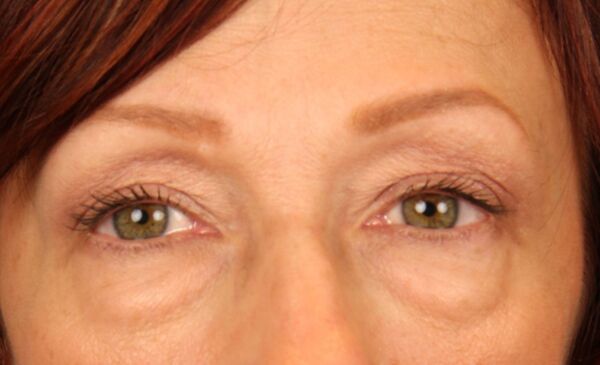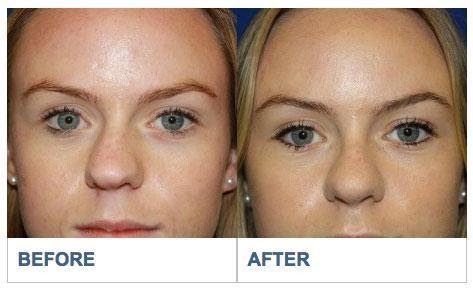
You may wonder if you can use Botox and Aimovig together if you suffer from chronic migraine headaches. This article will discuss the side effects of these medications as well as how to avoid them. The American Academy of Neurology has also endorsed Botox. In fact, the two drugs are recommended to treat migraine headaches together. They can have serious side effects.
Side effects of Aimovig
Botox and Aimovig are not comparable in clinical trials. Both medications have proven effective for chronic migraine headaches. After three months of treatment, 40% of patients with chronic migraine experienced fewer headache days. Compared to nonusers, Botox reduced headache days by an average of 9.2 days per month over 24 weeks. Although both medications are brand names, neither one is available as a generic.
Side effects of Aimovig or botosx can be minor but serious complications could occur. While serious side effects are rare, it's important to contact your doctor immediately if you experience any of these side effects. For example, if you have high blood pressure, you may experience an increase in pressure while taking Aimovig. Your doctor might recommend a different medication, or another treatment.

Side effects of Botox
It is possible to wonder what to expect when you are using aimovig. Botox, a type of injection, is administered by a doctor to patients every 12 weeks. The procedure includes 31 tiny injections. Botox and Aimovig have different side effects, but they work in the same way. A botox injection can help with migraines.
There are few side effects associated with botox injections, but the potential for muscle weakness, eyelid ptosis, and neck pain is real. While these side effects usually subside after a few weeks, they can negatively affect patient compliance with the procedure. In addition, Botox treatment requires regular injections every 12 weeks. The injections can be painful, so it is recommended to use a cold compress for several days.
Side effects of CGRP mAbs
Although side effects of CGRP inhibitors have been reported in a few clinical trials, they were not universal. Many patients had other inflammatory comorbidities, and some experienced an unexpected exacerbation of an existing disease. Some patients were identified as being 'at high risk' but it remains unclear if they are. Due to a lack of information regarding drug-drug interactions, CGRP inhibitors and other inflammatory comorbidities have led to a cautious approach. For CGRP inhibitor safety, it is crucial that physicians are aware of this risk group. It is also important to have patient registries in place to identify patients at greatest risk.
CGRP mAbs cause severe flares of psoriasis and arthritic conditions. There are two phases to inflammatory processes in psoriasis. During this initiating phase, keratinocytes secrete probiotic peptides that stimulate plasmacytoid diedritic cells. These peptides encourage myeloid dendritic cell maturation and differentiation into TH1 cells and TH17. Activated myeloid cell dendritics migrate to lymph nodes and increase inflammation.

Side effects of combination therapy
Botox and Aimovig can be prescribed to treat migraines. An intramuscular injection of Aimovig that is administered once every 12 weeks. Both medications can have similar side-effects. They can have serious side effects when combined. You should talk to your doctor if you are interested in using one of these drugs. You should also learn about the risks involved with each treatment.
Botox, an FDA-approved treatment to treat migraines, is available for adults. It requires at least 31 injections, and it is repeated every three to four months. Although the treatment has few side effects, it can cause temporary muscle weakness and reduce patient compliance. It also reduces neurotransmitters, such as CGRP. Botox can also cause muscle weakness.